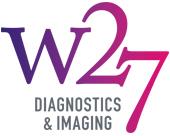X-Ray
X-rays are a way of producing detailed images of the inside of your body, such as your bones and joints. They use a type of radiation that passes through your body and gets absorbed by different types of tissue to form pictures of the body. X-rays are painless however they carry a very small risk due to your exposure to radiation.







